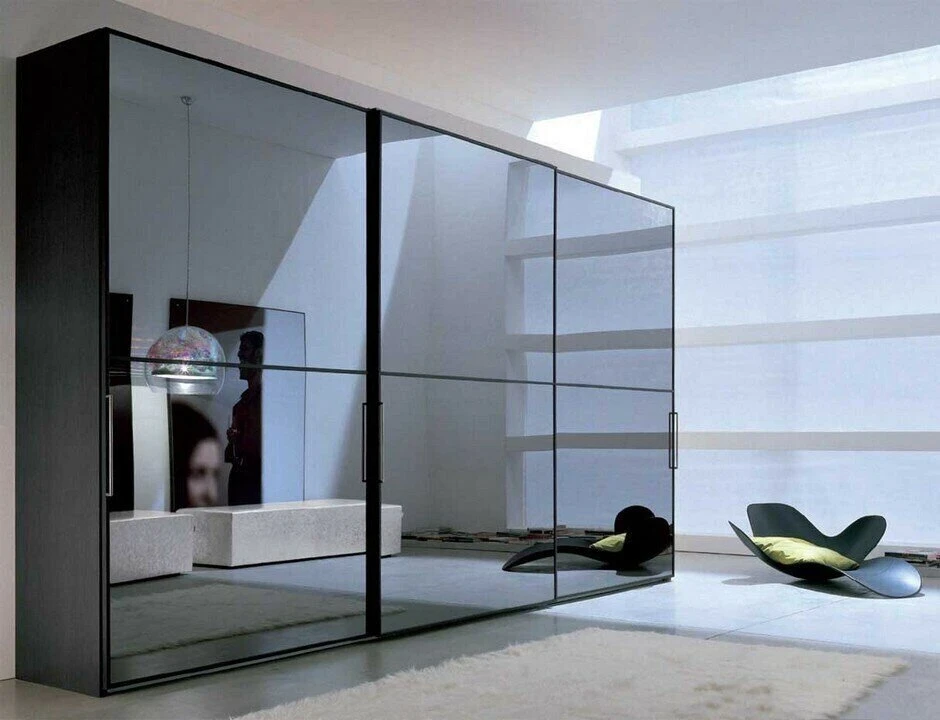

The Allure of Mirror Reflective Glass
In an era driven by innovation and aesthetic sensibility, mirror reflective glass emerges as a transformative material that captivates architects, designers, and everyday consumers alike. This remarkable glass type combines functionality with striking visual appeal, making it a preferred choice in diverse applications ranging from commercial buildings to residential interiors and art installations.
The Basics of Mirror Reflective Glass
At its core, mirror reflective glass is a sheet of glass that has been coated with a thin layer of metallic compounds. This coating allows the glass to reflect light while still permitting some to pass through, resulting in a dual functionality it provides privacy while maintaining visibility and natural light. The reflective properties can be adjusted to suit varying aesthetic needs, making it available in multiple tints, grades, and finishes.
Aesthetic Appeal
One of the primary reasons for the popularity of mirror reflective glass is its stunning aesthetic quality. The sleek, shiny surface offers a modern appeal that can elevate the design of any space. In urban architecture, for instance, buildings clad in reflective glass can create a striking mirage of clouds and sunsets, enhancing the harmony between urban structures and their natural surroundings. This dynamic interaction not only beautifies the cityscape but also helps in reducing heat absorption, contributing to energy efficiency.
Inside homes, mirror reflective glass can be used in various applications—from window treatments to interior decor elements like partition walls and tabletops. By reflecting light and enhancing spatial perceptions, it gives the illusion of depth and openness. The result is an airy, expansive environment that feels both spacious and inviting.
Energy Efficiency

Beyond just aesthetics, mirror reflective glass plays a pivotal role in energy efficiency. Thanks to its unique reflective properties, it reduces solar heat gain while minimizing glare inside buildings. This can significantly lower the need for air conditioning and artificial lighting, making it an eco-friendly choice for both residential and commercial designs. The use of reflective glass can contribute to achieving LEED (Leadership in Energy and Environmental Design) certification, encouraging sustainable practices in the industry.
Moreover, its energy-efficient qualities make it a popular option in regions experiencing extreme weather conditions. In colder climates, it reflects warmth back into a building, while in warmer areas, it wards off excessive heat and sunlight. Such versatility makes it a go-to material for architects seeking to create buildings that are not only pleasing to the eye but also environmentally responsible.
Unique Applications
The versatility of mirror reflective glass extends to unique and creative applications as well. Artists and designers leverage this material to craft installations that challenge perceptions of space and reality. Such artworks often play with the viewer's sense of self and surroundings, creating an interactive experience that engages the audience physically and psychologically.
Moreover, in the realm of retail design, mirror reflective glass is utilized to create immersive experiences. By manipulating the light and reflections, brands can craft modern, eye-catching displays that draw customers in and keep them engaged. This innovative use of reflective surfaces not only attracts attention but also enhances the shopping experience, reinforcing brand identity in a competitive marketplace.
Conclusion
In summary, mirror reflective glass is more than just a functional building material; it embodies a fusion of art, technology, and sustainability. Its aesthetic appeal and energy-efficient properties make it a favorite among architects and designers, while its versatility opens doors to unique creative applications. As we move into a future where design and ecological concerns become increasingly intertwined, the importance of innovative materials like mirror reflective glass will undoubtedly continue to rise. This remarkable glass not only redefines architectural possibilities but also invites us to reimagine the spaces we inhabit, highlighting the beauty of reflection in more ways than one.